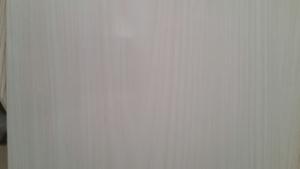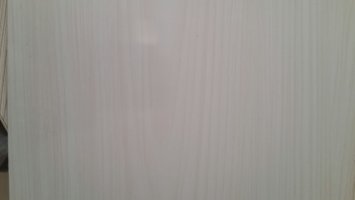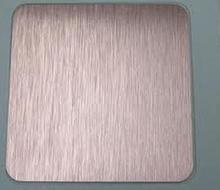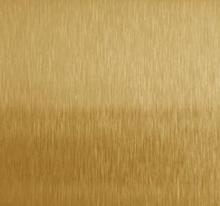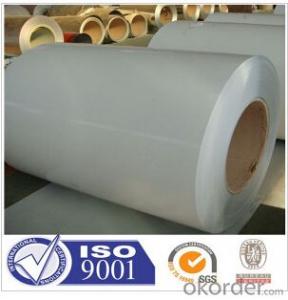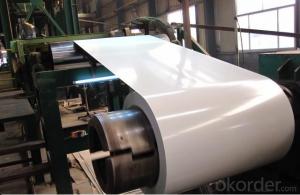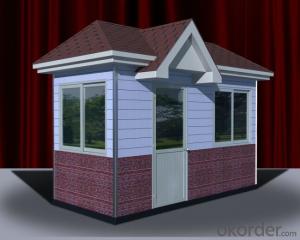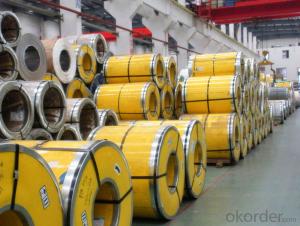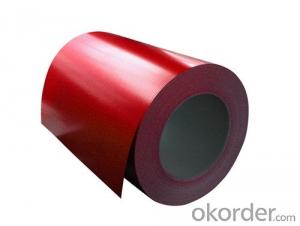Drawing Color Coated Steel Coil or Sheet with Good Quality
- Loading Port:
- China Main Port
- Payment Terms:
- TT or LC
- Min Order Qty:
- -
- Supply Capability:
- -
OKorder Service Pledge
OKorder Financial Service
You Might Also Like
Drawing Color Coated Steel Coil or Sheet with Good Quality
1.Structure of Drawing Color Coated Steel Coil or Sheet with Good Quality
1. Drawing Color Coated Steel Coil or Sheet with Good Quality with organic layer, which provides higher anti-corrosion property and a longer lifespan than that of galvanized steel sheets.
2. Drawing Color Coated Steel Coil or Sheet with Good Quality consist of cold rolled, HDG electro-galvanized and hot-dip alu-zinc coated steel. The finish coats of Color Coated Steel Coil can be classified into groups as follows: polyester, silicon modified polyesters, polyvinylidene fluoride, high-durability polyester, etc.
3. The production process has evolved from one-coating-and-one-baking to double-coating-and-double-baking, and even three-coating-and-three-baking.
4. Drawing Color Coated Steel Coil or Sheet with Good Quality has a very wide selection, like orange, cream-colored, dark sky blue, sea blue, bright red, brick red, ivory white, porcelain blue, etc.
5. Drawing Color Coated Steel Coil or Sheet with Good Quality can also be classified into groups by their surface textures, namely regular prepainted sheets, embossed sheets and printed sheets.
2.Main Features of Drawing Color Coated Steel Coil or Sheet with Good Quality.
1) Rust-proof
2) Water-proof
3)Durable using
3. Drawing Color Coated Steel Coil or Sheet with Good Quality Images
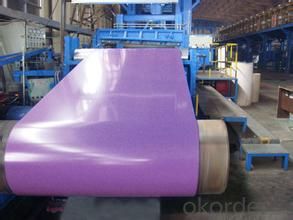
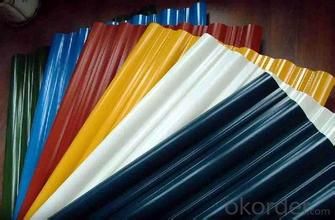
4. Drawing Color Coated Steel Coil or Sheet with Good Quality Specification
1)Based raw material: Hot rolled steel coils or Cold rolled steel coils
2) Thickness
3) Width
4)Coating mass
5) Spangle
6)Surface treatment
7)Coil inner diameter
8)Painting kind
9)Painting color
10)Painting thickness
Detail information:
1: Size: 0.15-1.2mm*600-1250mm
2: Paint: Top side: 15-25um, Back side: 5-9um, or according to customer’s order.
3: Base material: Hot dipped galvanized steel coil, GL
4: Zinc coating: 60g-275g.
5: Coil weight: 3-6tons
6: Coil ID: 508mm
7: Color: Any color.
8: Standard: ASTM, GB, JIS
9:Grade: CGCC,CGCH,SGCC, DX51D and ASTM
10:Surface Treatments: skin passed, chromated, oiled and antifinger
11: Approved Certificate: SGS / ISO9001 / BV
12: Package Method: Vertical/Horizontal, full wrapped with anti-moist paper inside, iron sheet (sea worthy)
13: Payments terms: T/T ,L/C,etc.
5.FAQ of Drawing Color Coated Steel Coil or Sheet with Good Quality
We have organized several common questions for our clients,may help you sincerely:
①How about your company?
A world class manufacturer & supplier of castings forging in carbon steel and alloy steel,is one of the large-scale professional investment casting production bases in China,consisting of both casting foundry forging and machining factory. Annually more than 8000 tons Precision casting and forging parts are exported to markets in Europe,America and Japan. OEM casting and forging service available according to customer’s requirements.
②How to guarantee the quality of the products?
We have established the international advanced quality management system,every link from raw material to final product we have strict quality test;We resolutely put an end to unqualified products flowing into the market. At the same time, we will provide necessary follow-up service assurance.
③What advantage comparing to other suppliers?
Comments: it can develop various kinds of colors that the above-mentioned varieties according to the model of customer, and canproduce the products of film with special performance according tocustomer's enquiry
- Q: What are the main characteristics of galvanized steel coils?
- The main characteristics of galvanized steel coils include a protective zinc coating that prevents corrosion, high strength and durability, excellent formability and weldability, and a smooth and shiny surface finish.
- Q: What is the role of steel coils in the manufacturing of appliances?
- Steel coils play a crucial role in the manufacturing of appliances as they serve as the primary raw material for the production of various components. These coils are used to create sturdy and durable structures, such as frames and panels, that form the foundation of appliances. Additionally, steel coils can be molded, shaped, and cut into specific sizes, allowing manufacturers to create different parts and components needed for appliances, including doors, shelves, and interior structures. Overall, steel coils provide strength, stability, and versatility, making them an essential element in the manufacturing process of appliances.
- Q: I received a very nice set of stainless steel cookware as a wedding gift. While very pretty, Im finding them almost useless for cooking. Everything sticks, they're difficult to clean, and Im using my old non-stick pans instead. Should I simply leave the stainless out for decortive purposes, or are stainless steel pans better for some applications?
- Stainless steel has some benefits: 1) Dishwasher safe: my anodized aluminum pots are NOT dishwasher safe (my wife put one in and it lost its gun-metal gray finish - sad) 2) Conductivity: most stainless steel cookware has an aluminum (or copper) middle - this transfers the heat nicely - steel by itself does not conduct heat evenly. All Clad cookware refers to the fact that the aluminum within the cookware is clad in steel. 3) Aesthetics: stainless is pretty. Stainless is not anti-stick, so you'll have to use all your skills to avoid sticking. 1) Use oil or butter: heat your pan before oiling. Once to temp, add the oil/butter and wait for it to heat-through. THEN add your food - sticking should be minimized. 2) Move your food around a lot: once you add a piece of food that is likely to stick, move it shortly afterward. This will prevent the food from gluing itself to one spot in the pan - a crust will start to appear, and that will protect the food from sticking. 3) Love the fond: anti-stick pans don't have a good chance at fond development (fond is the stuff that sticks to the bottom of the pan, and is crucial to pan sauce creation). You should experiment with your cookware, or send it to me: I am wishing for some new cookware.
- Q: What are the different methods of cutting edge trimming for steel coils?
- There exist multiple techniques for trimming steel coils, each with unique benefits and applications. Some of the frequently employed methods are as follows: 1. Shearing: This method entails cutting the steel coil's edge using sharp blades. It is a quick and efficient technique suitable for high-volume production. However, shearing may lead to slight distortion or burrs along the cut edge. 2. Slitting: Slitting involves passing the steel coil through rotating circular blades, resulting in narrower strips. This method is commonly adopted when precise width control is necessary, such as for the production of narrow strips or coils with multiple widths. 3. Laser cutting: Laser cutting is a highly precise technique that employs a laser beam to cut through the steel coil. It offers the advantage of producing clean and precise cuts without any distortion or burrs. Laser cutting is frequently used for intricate or complex shapes that require high accuracy. 4. Plasma cutting: Plasma cutting utilizes an ionized gas jet to cut through the steel coil. It is particularly suitable for thicker materials or applications where high cutting speeds are required. Plasma cutting can generate clean and smooth cuts, although a slight bevel may be present on the edge. 5. Waterjet cutting: Waterjet cutting employs a high-pressure jet of water mixed with an abrasive substance to cut through the steel coil. This technique is highly versatile and can be used for various materials and thicknesses. Waterjet cutting is renowned for producing precise cuts without any heat-affected zone. 6. Sawing: Sawing is a traditional method that involves using a rotating saw blade to cut through the steel coil. It is commonly used for thicker materials or when a rougher cut is acceptable. Sawing can be performed manually or with the assistance of automated sawing machines. Each method possesses its own advantages and considerations, and the selection depends on factors such as required accuracy, production volume, material thickness, and desired edge quality.
- Q: I'm trying to put together a small structure using galvanized steel electrical conduit (3/4) and I can't seem to find a T-junction conduit coupler anywhere. I'm wondering if I could weld the tubing together, but I'm not sure if I can weld galvanized steel. Also, if I can weld them, is there any special technique that I need to use outside of regular acetelene/oxygen torch and solder?
- Welding Galvanized Pipe
- Q: Can steel coils be cut to length?
- Yes, steel coils can be cut to length.
- Q: Is there any other way of testing whether or not you have a 1944 Steel penny that won't damage the penny. The magnet test doesn't seem to work cause even when I try to get a 2007 penny to stick to the magnet...it won't. So is there some kind of magnet needed? Like power wise or anything like that, if not then I need to know what are other ways of testing the 1944 penny.
- 1944 Penny Steel
- Q: Can I ever get my classical guitar reinforced so it can have steel strings on it?
- describes the differences in construction of classical nylon string guitars and steel string guitars--like I said, it would involve reconstruction of more than just a neck
- Q: What are the different types of steel coil surface finishes?
- The different types of steel coil surface finishes include mill finish, hot rolled pickled and oiled (HRPO), cold rolled, galvanized, and coated finishes such as zinc or paint.
- Q: How are steel coils used in the production of appliances?
- Steel coils are used in the production of appliances as a primary material for constructing the various components, such as the outer shells, frames, and internal structures. The coils are processed and shaped into specific sizes and forms to meet the requirements of different appliances. Additionally, steel coils provide strength, durability, and a sleek appearance to the finished appliances.
Send your message to us
Drawing Color Coated Steel Coil or Sheet with Good Quality
- Loading Port:
- China Main Port
- Payment Terms:
- TT or LC
- Min Order Qty:
- -
- Supply Capability:
- -
OKorder Service Pledge
OKorder Financial Service
Similar products
Hot products
Hot Searches
Related keywords
